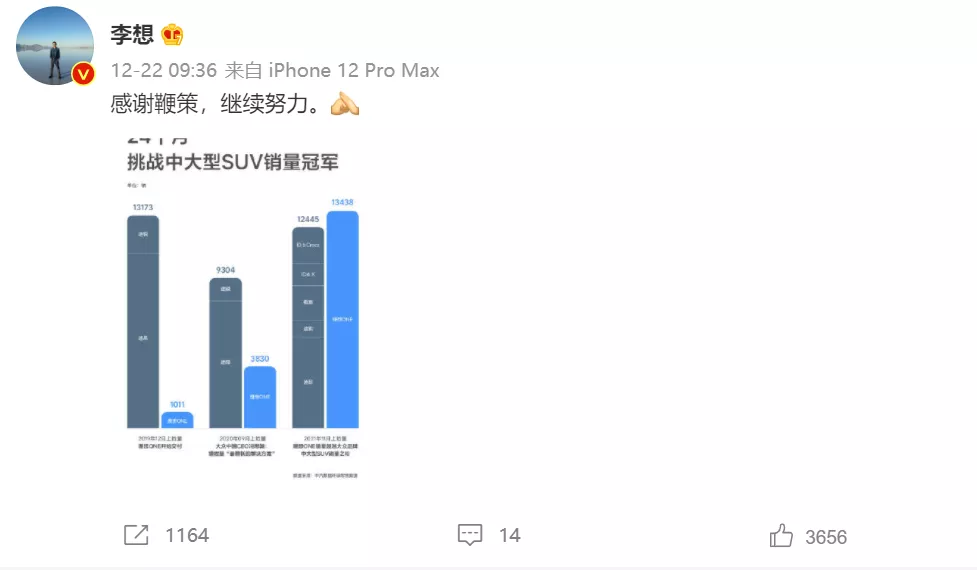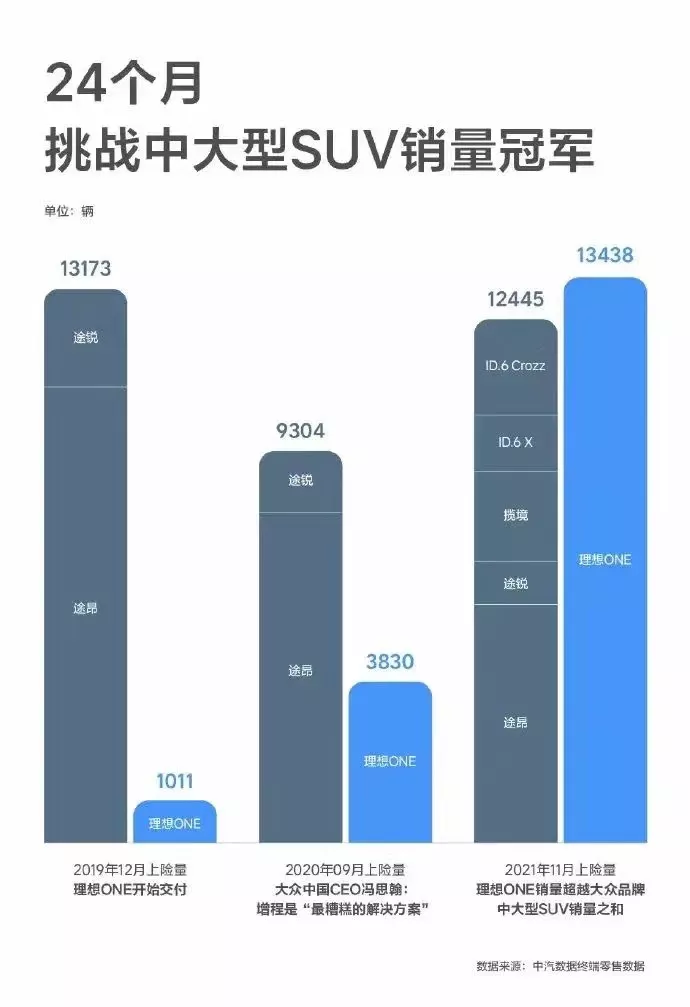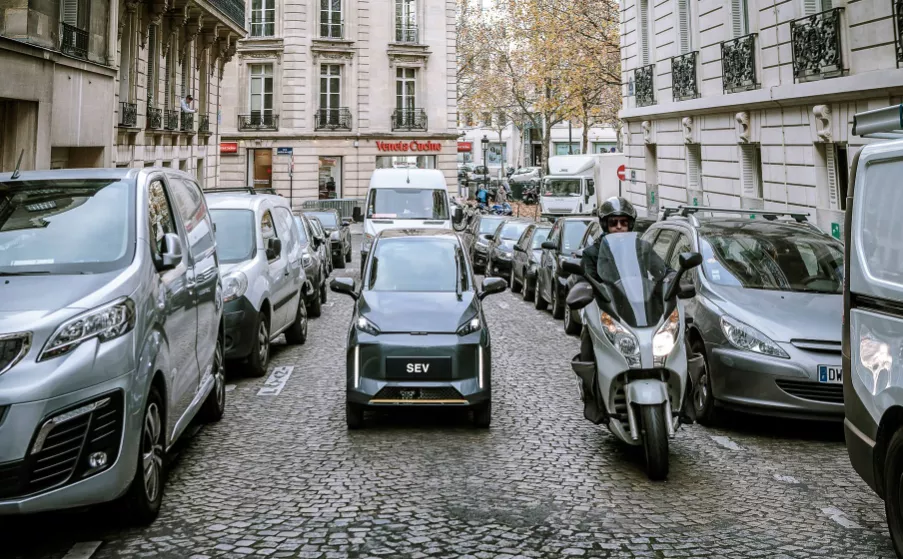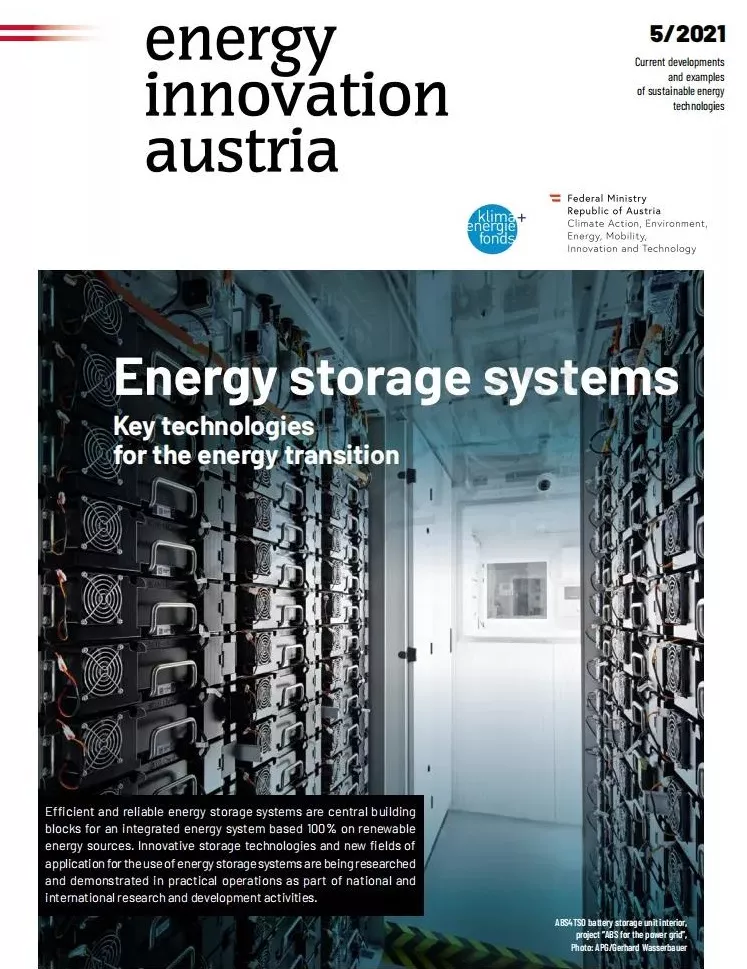Introduction:
At present, for next-generation cars, it may only be just entering a turning point. The future of automobile encryption may still be hidden under the iceberg.
Trendsetters:
The leaders of the new car-making force are almost all people with a strong presence in their respective fields. Li Xiang, who is one of the most influential among them, has recently made a move that has caused a stir among the public.


The story started in September 2020 when Dr. Feng Sihan, CEO of Volkswagen China, made a statement regarding the value of extended-range hybrid technology. He claimed that although extended-range electric cars have some value viewed from a single-vehicle perspective, they are simply the worst solution from a national and global perspective. Moreover, the ultimate goal of developing electric vehicles is to reduce emissions; however, if fossil fuels are used to generate electricity, it is pointless to do so.
Today, on the one hand, Dr. Feng Sihan, who has been supporting China for 14 years, is leaving China, and on the other hand, Li Xiang, who firmly occupies the position of leader in the new car-making sector, is waiting for competitors to copy his work. He is gaining unprecedented momentum as he slams his hand down in satisfaction.
Reviewing the Development of Ideal Cars:
Time and circumstances create heroes.
From the time when it was called “Car and Home”, Ideal’s first car model was not the currently popular extended-range hybrid SUV, but rather the SEV, which was designed to cut mung beans overseas. SEV is a very small and compact electric low-speed vehicle that caters to the needs of short-distance travel for one or two persons in the city – “urban short-distance travel”, “shared travel”, and “one parking spot can accommodate four cars parked side by side”. It is priced below RMB 50,000.

Why did SEV stop? Li Xiang said in a media interview that SEV was a product developed by Car and Home for travel scenarios. They judged that cooperating with Didi is ten times better than using SEV for travel purposes. Therefore, from an enterprise strategy point of view, they chose to cooperate with Didi.Although the cooperation with Didi has not yielded results, the hybrid SUV market, which avoids the saturated market competition, has emerged as a force to be reckoned with due to its new energy characteristics and the policy of unrestricted license plates for green vehicles.
Hybrid models, in the large SUV market, meet the rigid functional requirements of policies and are equipped with trendy and cool ADAS functions, making them a scarce resource in the market. At that time, a joke was made: using money from stock market appreciation to buy cars can drive the appreciation of the market value, then buy more cars and repeat the process, enough to roll the company’s development. The ideal situation goes smoothly and smoothly, but Dr. Feng lost without reason, who made him not step on the right track?
The confrontation between ideals and the public is a miniature of the development of new energy!
The Elephant is Turning
Compared to new forces, traditional car companies obviously lack revolutionary changes in new energy vehicle models. Even with innate hostility, big brothers are sure to resist the energy revolution and the new ADAS technology on cars. This trend, every day delayed, means big brothers can win more.
As shown in the table above, there is a huge gap between Volkswagen and Ideal, and if we include the sales of all Volkswagen models, the gap between Volkswagen and Ideal’s sales is even larger, and Ideal’s sales can be basically ignored, with Volkswagen releasing at least ten Ideals with one small movement. However, times have changed, and by 2021, the loss of market share began to make traditional automakers ache. In terms of the confrontation between Volkswagen and Ideal, the benchmark models were poorly received.
Although even Tesla, the leading brother of the new forces in 2021, cannot compare with traditional BBA, Toyota, Honda, and General Motors in terms of sales, every single data point from new automakers is obtained by cutting into profits of big brothers. Therefore, at that time, big brothers had an inherent hostility to new automakers. Therefore, Dr. Feng’s words at the time were likely to be emotional (disdain for extended range, in fact, Ideal won – see Guo Degang and Rocket expert references).
From the global context of carbon neutrality to the national interests of energy security and industrial upgrading, the trend of new automakers is unstoppable. In this overall trend, big brothers have already realized that their former empire is facing reshuffling. The trend is irreversible, and all major automakers have introduced or are about to introduce many models of hybrid, pure electric and other types of new energy vehicles, and the speed of introduction of new energy vehicle models will only get faster.## Translation
The most typical one is Toyota in the automotive industry. Toyota has always presented itself as an advocate of hydrogen-powered cars for the future of the automotive industry. One second, it was still criticizing pure electric cars, and then the next second (December 14th), it released 16 pure electric BEV models at once. These 16 models cover sedans, SUVs, off-road vehicles, pick-ups, and even supercars, all powered by purely electric energy. According to Toyota’s plan, by 2030, Toyota’s pure electric vehicle models will reach 30, and these 16 models will be gradually launched in the next few years. By then, Toyota’s global annual sales of pure electric vehicles will reach 3.5 million.
Although the traditional auto giants are reluctant, they have basically adjusted their direction. In terms of new energy vehicle models, they have basically made up for the shortcomings. As for the ADAS system, the traditional car companies were restricted by their historical technological platform burdens before, but now through accelerated iteration, innovative development, or external injection of fresh blood, they have gradually begun to catch up with the gap between them and the new forces that are rapidly expanding. The technological disparity is slowly shrinking.
Entering the Mid-Game
As the number of deliveries of new auto-making forces gradually increases, the top enterprises of the new forces have gradually begun to show signs of landing from startup. However, it seems to be too early to say that these top enterprises have already established themselves.
Firstly, new enterprises have not yet achieved profitability. Whether it is the large SUV niche market or the mini EV vehicles, they must achieve profits that cover costs. Only with a stable customer base and sustained profitability can they be considered successful landing. Otherwise, it is still in the PPT mode, playing pass the parcel, and cannot escape the day of liquidation.
Secondly, energy security and environmental friendliness issues. Returning to the war between Volkswagen and Ideal, whether it is the range extender or other technical routes of PHEV, judging from the word hybrid, in an ideal state, it can only be an intermediate state. Simple is perfect. A car equipped with an engine and a set of motor system should not be the ultimate solution.
The pure electric route will inevitably face the green electricity problem, and winter range is also a big obstacle at present. After filling this gap, can the rare metals required by batteries meet the demand for full replacement of oil-fueled cars?

Cars or internal combustion engines have been developed for more than 130 years. Is there no accumulation of old cars, waste parts, or waste water, gas, and waste products caused by the entire industry chain that cannot be recycled on the earth? After the energy revolution, will the entire industry chain be environmentally friendly?
What about the hydrogen power route? There are also many know-how and industrialization dilemmas…These, all indicate energy transformation, next generation cars, and a lot of uncharted territories; these, all imply that the energy revolution, power revolution, still face a lot of uncertainty.
Currently, for next generation cars, perhaps they have just entered the mid-game, and the future of automotive technology, most likely, is still hidden under the iceberg.
This article is a translation by ChatGPT of a Chinese report from 42HOW. If you have any questions about it, please email bd@42how.com.